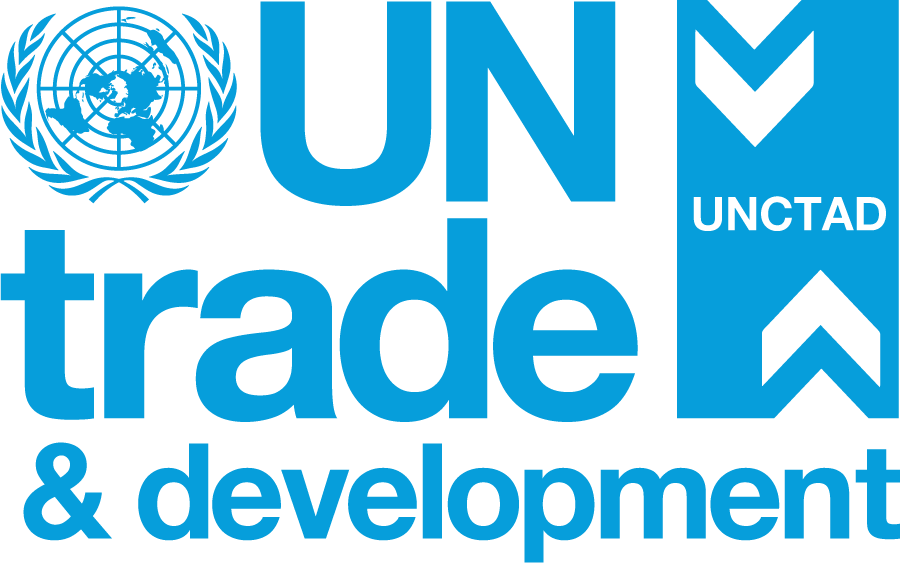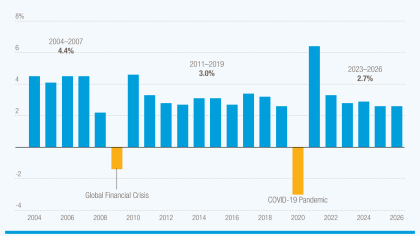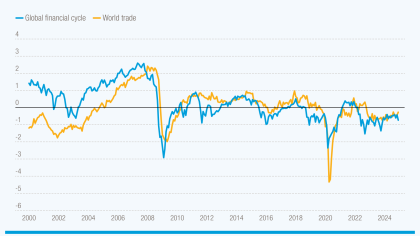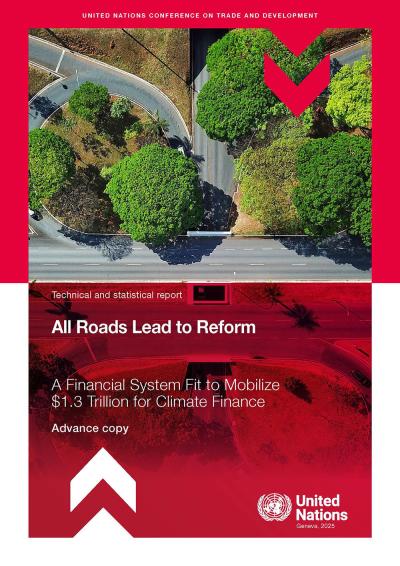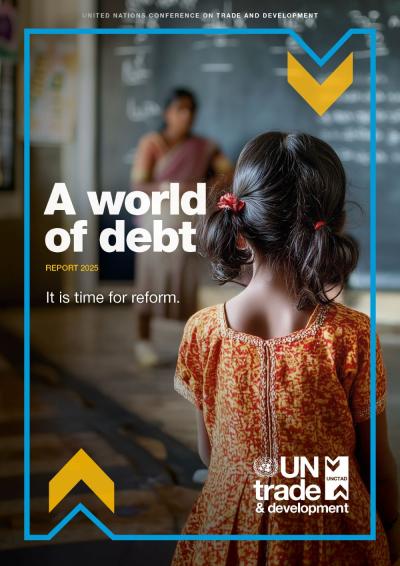2025: The most-read stories reflecting key forces in the global economy
From record trade flows and rapid advances in artificial intelligence to slowing investment and mounting debt pressures, 2025 sent strong and often contradictory signals about the state of the global economy.
News
Latest publications
Featured Series
External debt sustainability and development
Videos and podcasts
Related
Areas of work
- Debt and Debt Sustainability
- Responsible Sovereign Lending and Borrowing
- Sovereign Debt Restructuring
- Debt Management and Financial Analysis System
Projects
- Climate Finance for Development
- Financing green and sustainable development in small island developing States
- Mobilising financial resources for development in the time of Covid-19
Programmes
Meetings
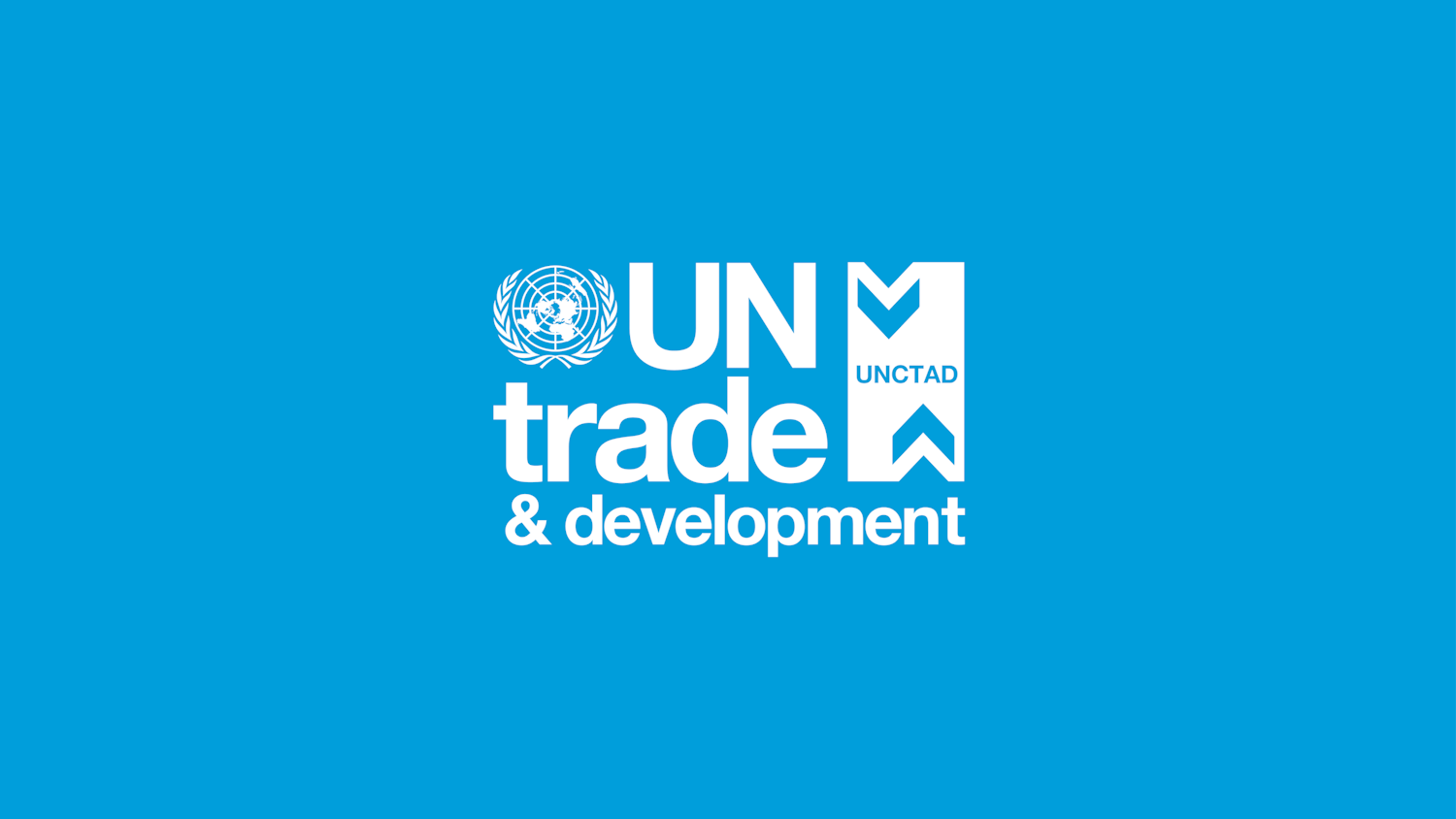
19 December 2025
Regional workshop on external climate financing in Belize and St. Vincent and the Grenadines
Online16 December 2025
Regional dialogue on external climate financing in Africa
Online1 – 3 December 2025
Intergovernmental Group of Experts on Financing for Development, 9th session
Geneva, Switzerland23 October 2025
National dialogue on external financing and climate-resilient development
Moroni, Comoros20 October 2025
UNCTAD16 ministerial roundtable: Implementing the Sevilla Commitment on financing for development and establishing a borrowers' platform
Geneva, SwitzerlandDocuments
02 Dec 2025
Trade and Development Report 2025: On the brink - trade, finance and the reshaping of the global economy
14 Nov 2025
Enhancing policy options for countries to finance their development goals sustainably
30 Oct 2025
All roads lead to reform: A financial system fit to mobilize $1.3 trillion for climate finance
Secretary-General Statements
Contact
For further information on this topic, please contact us.

